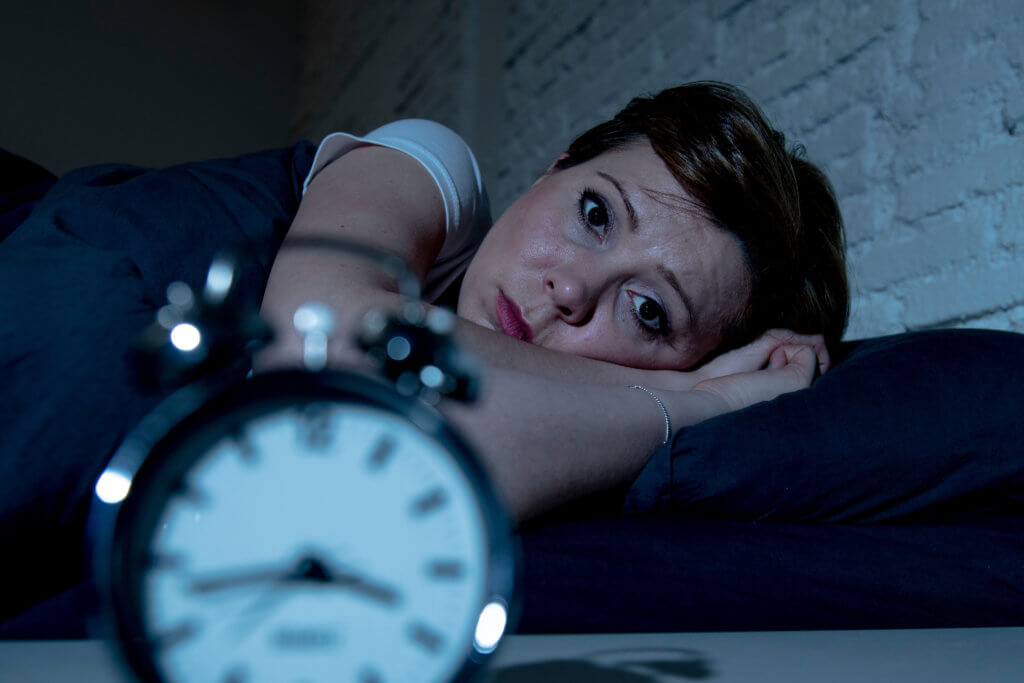MINNEAPOLIS – People who struggle to fall asleep are more likely to suffer a stroke — with adults under the age of 50 facing the greatest risk, a new study warns. Scientists at Virginia Commonwealth University say that having one to four insomnia symptoms – which could be as mild as feeling tired in the morning – carried a 16-percent increased risk of suffering a stroke.
Specifically, a stroke refers to the condition where blood is cut off from reaching the brain. Sleep disorder symptoms linked to stroke included finding it hard to fall asleep, struggling to stay asleep, waking up too early, not being able to return to sleep after waking, and not feeling rested in the morning.
The VCU team found the stroke risk went up to 51 percent among those who had five to eight insomnia symptoms. The sleep-stroke association was strongest among people under 50. If these individuals had five to eight insomnia signs, they were nearly four times as likely to have a stroke than good sleepers.
People over 50 with the same number of symptoms had a 38-percent increased stroke risk versus their well-rested counterparts. All the risks increased even further among those with depression, diabetes, hypertension, and heart disease, according to the new study.
“There are many therapies that can help people improve the quality of their sleep, so determining which sleep problems lead to an increased risk of stroke may allow for earlier treatments or behavioral therapies for people who are having trouble sleeping and possibly reducing their risk of stroke later in life,” says study author Wendemi Sawadogo, MD, MPH, PhD, of Virginia Commonwealth University and a member of the American Academy of Neurology.
Scroll down to see the warning signs and symptoms of a stroke

“This difference in risk between these two age groups may be explained by the higher occurrence of stroke at an older age,” Sawadogo adds in a media release.
“The list of stroke risk factors such as high blood pressure and diabetes can grow as people age, making insomnia symptoms one of many possible factors. This striking difference suggests that managing insomnia symptoms at a younger age may be an effective strategy for stroke prevention. Future research should explore the reduction of stroke risk through management of sleeping problems.”
The VCU researchers spent nine years studying 31,26 people who had no history of stroke when the project began. The average age of these participants was 61.
At the beginning of the research, participants answered four sleep-related questions, asking whether they find it hard to fall asleep, struggle to stay asleep, wake up too early and are unable to return to sleep, and whether they feel rested in the morning.
These volunteers were asked to respond with “most of the time,” “sometimes,” and “rarely and or never.” Scores ranged from zero to eight, and a higher number indicated more severe sleep issues.
Of the 458 insomniac 50-year-olds, 27 had a stroke. Of the 654 who had five to eight symptoms, 33 had a stroke. Among the 19,149 participants who had one to four symptoms 1,300 had a stroke. Out of the 5,695 with five to eight symptoms, 436 suffered a stroke.
Meanwhile, of the 6,282 with no symptoms, 365 had a stroke, according to the study published in the journal Neurology.
What are the primary symptoms of a stroke?
The acronym “FAST” is a simple tool developed by medical professionals to help people recognize the signs and symptoms of a stroke quickly. It stands for:
- Face: Ask the person to smile. Does one side of the face droop?
- Arms: Ask the person to raise both arms. Does one arm drift downward?
- Speech: Ask the person to repeat a simple phrase. Is their speech slurred or strange?
- Time: If you observe any of these signs, call 9-1-1 immediately. Time is critical when a stroke is occurring.
This acronym emphasizes the urgency of recognizing and responding to stroke symptoms. A quick response can significantly improve outcomes, reducing the risk of long-term disability or death. Treatment is most effective when started promptly, so remembering the “FAST” acronym could potentially save a life.
Other symptoms include:
- Confusion
- Trouble speaking or understanding speech
- Trouble seeing in one or both eyes
- Difficulty walking
- Dizziness
- Loss of balance
- Lack of coordination
South West News Service writer Pol Allingham contributed to this report.

